Beyond the Spice Rack: A Real-Talk Guide to Herbal Remedies
Over my many years as an herbalist, I’ve noticed a ton of confusion around what people call “natural antibiotics.” Honestly, the term itself makes me cringe a little. It gives folks the idea that a plant can just swap in for a powerful prescription drug, and that’s a dangerous oversimplification.
In this article
This isn’t about finding a miracle cure in your kitchen. It’s about getting smart about how certain plants work, respecting their power, and knowing how to use them safely to support your body’s own amazing defense systems. My goal is to give you the kind of honest, practical advice I share with my own students—the stuff that actually works and keeps you safe.
And believe me, I’ve seen both sides. I’ve seen these remedies offer wonderful support for minor troubles. But I’ve also seen the nasty results of misuse, like the time someone put undiluted oregano oil on a rash and ended up with a painful chemical burn. Let’s make sure that doesn’t happen to you.
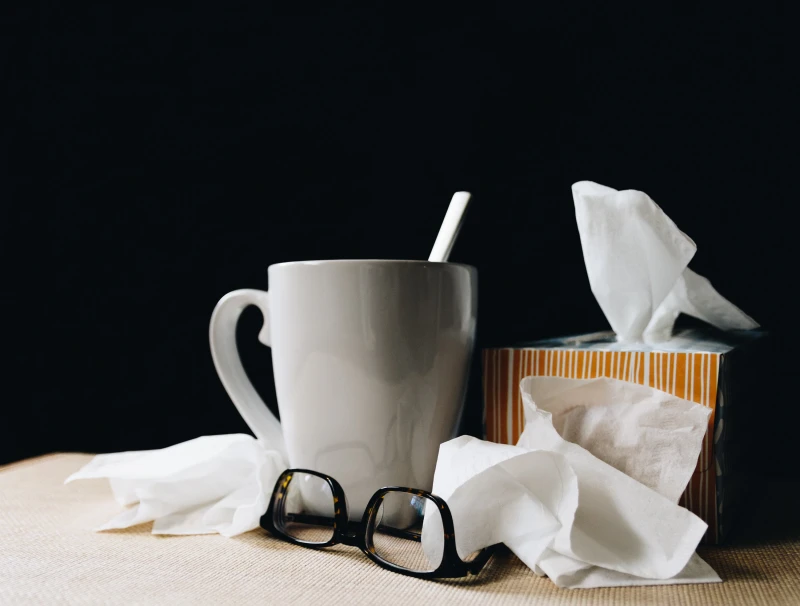
So, How Do These Plants Actually Work?
When we talk about plants with antimicrobial benefits, it’s not a one-size-fits-all situation. A pharmaceutical antibiotic is usually designed to kill a specific bug. Plants, on the other hand, work with a complex mix of compounds that all team up. It’s a team effort, not a solo mission.
Their actions usually fall into a few key categories:
- Direct Action: Some plants do contain compounds that can directly hassle microbes like bacteria or fungi. The allicin in garlic is a perfect example of this. It messes with the inner workings of germs.
- Immune Boost: This is the big one, and it’s often overlooked. Many herbs don’t attack invaders at all. Instead, they give your immune system a pep talk, helping it work more efficiently. Echinacea is the star player here. It’s like giving your body’s security team a heads-up and a fresh pot of coffee.
- Creating a Bad Neighborhood: Some things just make it tough for germs to set up shop. Think about raw honey. Its high sugar content and low pH literally pull the water out of bacterial cells and create an acidic environment where they just can’t multiply.
Knowing the difference is key. It’s why a simple herb tea might soothe a tickly throat, but a serious infection absolutely requires a trip to the doctor for the heavy-duty stuff.
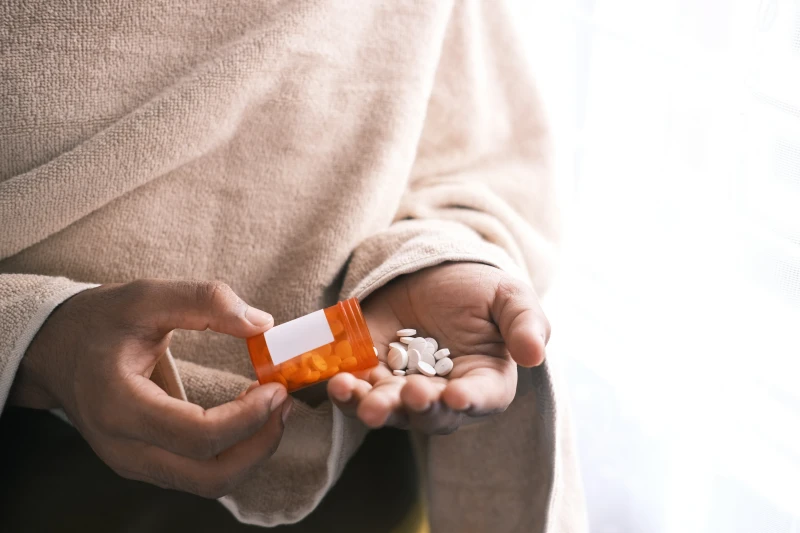
The Quick & Dirty Guide: What to Use When
Before we dive deep, here’s a super quick rundown. Think of this as your cheat sheet.
- Feeling that first scratch in your throat? Reach for Garlic-Infused Honey or a slow-dissolving spoonful of Manuka Honey.
- Getting that ‘uh-oh, I’m coming down with something’ feeling? This is the moment for Echinacea tincture. Timing is everything!
- Dealing with stubborn athlete’s foot? A properly diluted Oil of Oregano is your powerhouse. (And I mean properly diluted—more on that in a minute!)
- Got sore gums or a canker sore? A Myrrh gargle is a classic for a reason. It tightens and soothes the tissue.
A Pro’s Take on Five Foundational Remedies
Alright, let’s get into the details. This is how a practitioner looks at these common remedies, going way beyond the surface-level stuff.
1. Garlic: The Pungent Powerhouse
Just tossing garlic into your spaghetti sauce, while delicious, isn’t going to unlock its full medicinal power. It’s all about the chemistry.
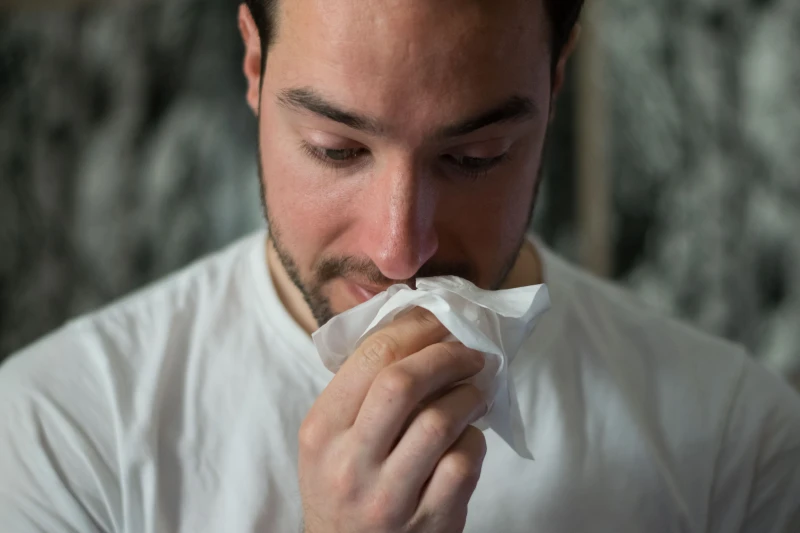
A fresh clove of garlic contains two things kept in separate rooms: a compound called alliin and an enzyme called alliinase. When you crush, chop, or chew the clove, you break down the walls and they mix, creating a new, seriously potent compound called allicin. That’s the source of the sharp smell and the powerful benefits. But here’s the catch: allicin is fragile and breaks down with heat. This is why cooked garlic has less medicinal punch.
Pro Technique: To get the most out of your garlic, crush or mince a clove and—this is the important part—let it sit on the cutting board for 10-15 minutes before you use it. This gives the chemical reaction time to happen. Go try it right now! Smell the garlic right after you crush it, and then smell it again in 10 minutes. See? That stronger smell is the medicine you just made!
For daily support, how much should you use? One clove a day is a great baseline. If you feel a cold coming on, you could bump that up to two or three cloves, spread throughout the day. You can just swallow the minced bits with a spoonful of honey to make it go down easier.
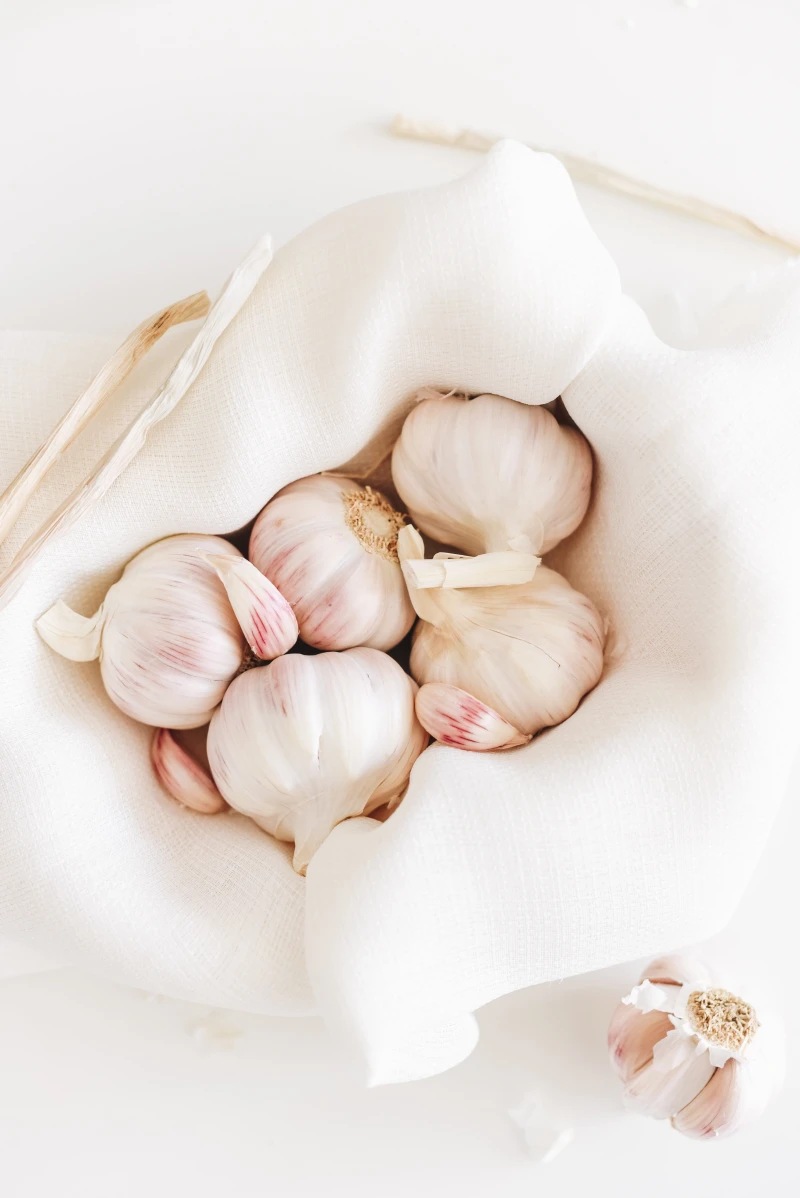
Perfect First Project: Garlic-Infused Honey
This is a staple in my home apothecary and it’s so easy to make. Mince 3-4 cloves of raw garlic (after letting them rest!), put them in a clean jar, and cover them with about a half-cup of raw honey. Let it sit for at least a day. The honey pulls out the good stuff and tames the garlic’s bite. A teaspoon of this at the first sign of a scratchy throat is wonderfully soothing.
Heads Up! Garlic is a natural blood thinner. If you’re on any anticoagulant meds, talk to your doctor before you start taking garlic medicinally. It can also cause heartburn for some, so maybe don’t take it on an empty stomach.
2. Manuka Honey: The Liquid Gold
While most raw honey has benefits, Manuka is in a league of its own. Okay, let’s address the elephant in the room: the price tag. For real, therapeutic-grade Manuka, expect to pay anywhere from $30 to $60 for a small jar. It’s an investment, but for good reason.
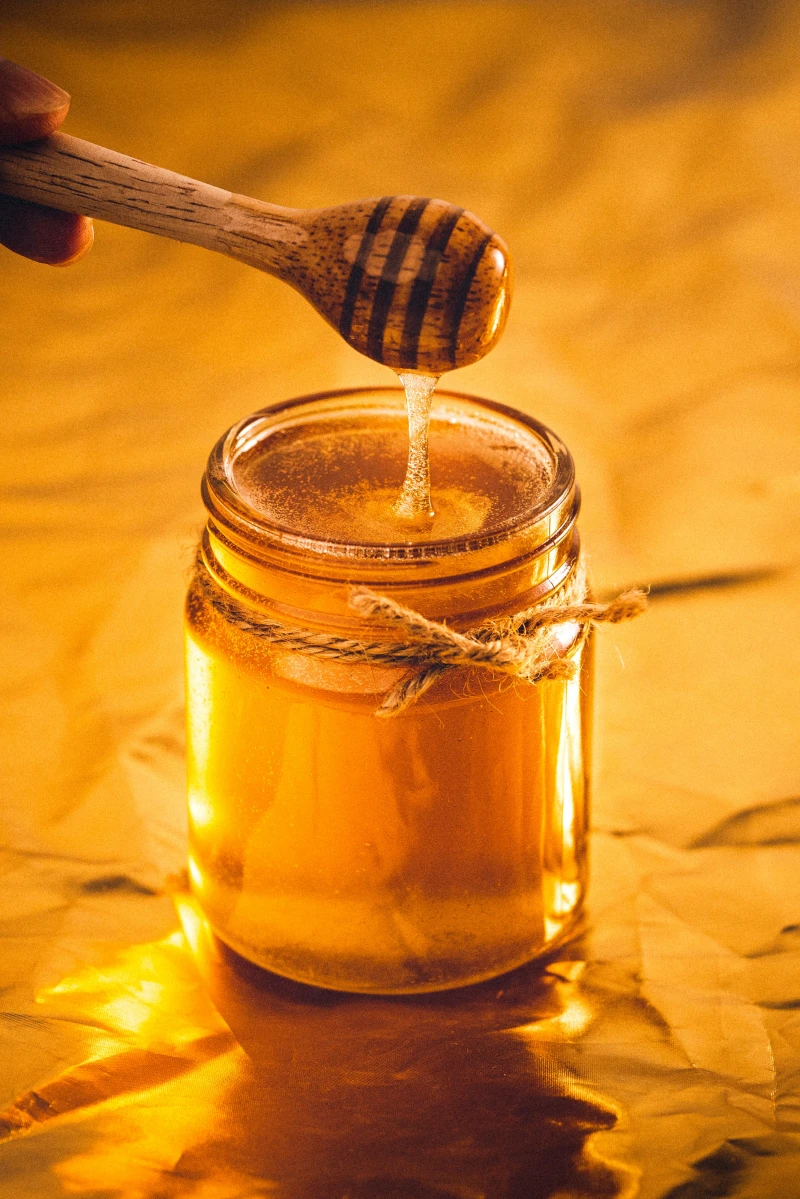
Its power comes from a compound called methylglyoxal (MGO), which comes from the nectar of the Manuka bush. The higher the MGO number, the stronger the effect. When you’re shopping, look for an official rating. The two you can trust are UMF (Unique Manuka Factor) and MGO. For therapeutic use, you want at least a UMF 10+ or MGO 250+. Anything less is basically just tasty, expensive honey. You can find the real deal at health food stores like Whole Foods or online.
How to Use It:
- For Sore Throats: Its thick texture is amazing for coating an irritated throat. Let a teaspoon slowly dissolve in your mouth. Don’t just gulp it down!
- For Minor Burns/Scrapes: After you’ve cooled a minor kitchen burn with cold water, applying a thin layer of high-UMF Manuka under a bandage can create a protective, healing barrier.
CRITICAL Safety Note: Never, ever give honey of any kind to an infant under one year old due to the risk of infant botulism.
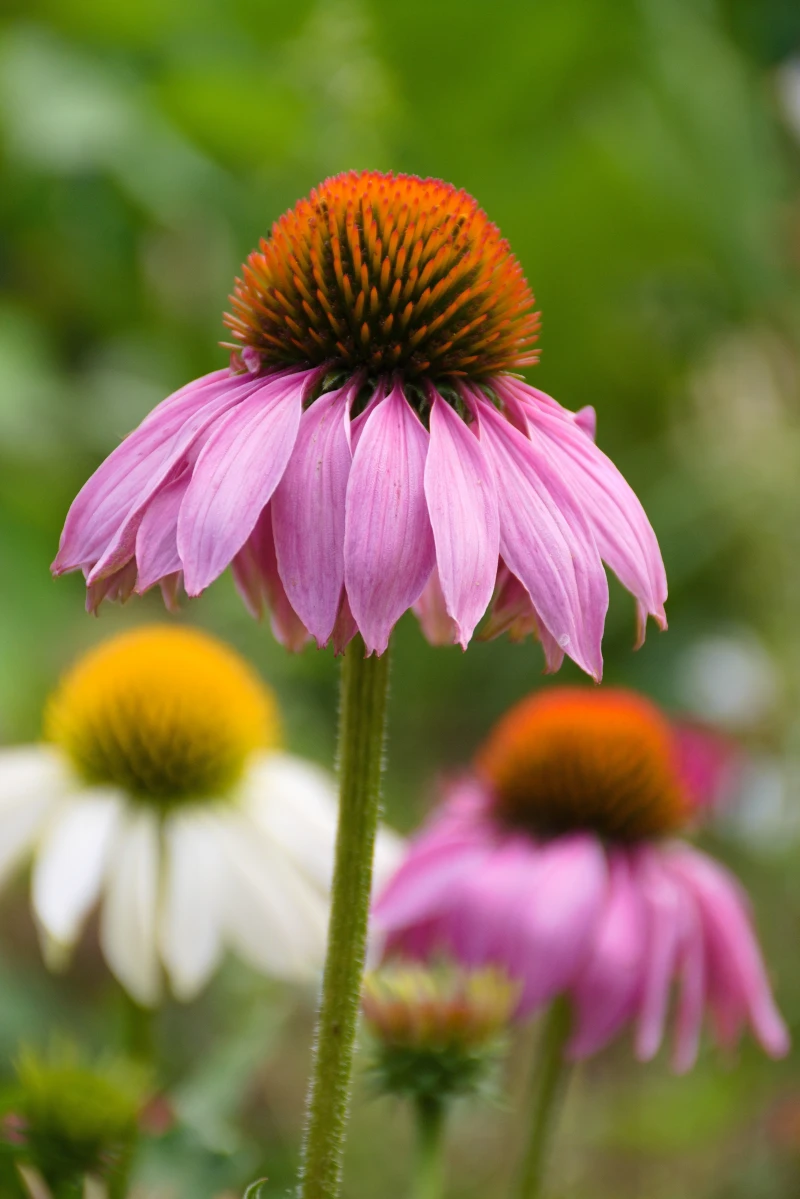
3. Echinacea: The Immune Modulator
Echinacea is probably one of the most misunderstood herbs out there. It’s not a daily vitamin! Think of it as calling in the immune system’s special forces. It’s most effective when used right at the beginning of a cold.
Pro Technique: The Tingle Test
Here’s a little secret: a good quality Echinacea root tincture will make your tongue tingle or even feel a bit numb. That tingle is from compounds called alkylamides, and they are a key sign that the tincture is potent and active. If you try a tincture and feel nothing, it’s likely weak or old.
How to Use It:
- Timing is Everything: Take it at the very first sneeze, throat tickle, or that general ‘blah’ feeling. That’s its moment to shine.
- Best Form: A liquid extract (tincture) is generally better than capsules because the alcohol extracts those tingly alkylamides really well. A common approach is taking about 30 drops (roughly a half to a full dropperful) every 2-3 hours for the first day or two, then easing off as you feel better.
Where to Buy: Look for reputable liquid extract brands like Gaia Herbs, Herb Pharm, or A.Vogel. A one-ounce bottle will probably run you $15 to $25, and it should last you through a couple of colds.
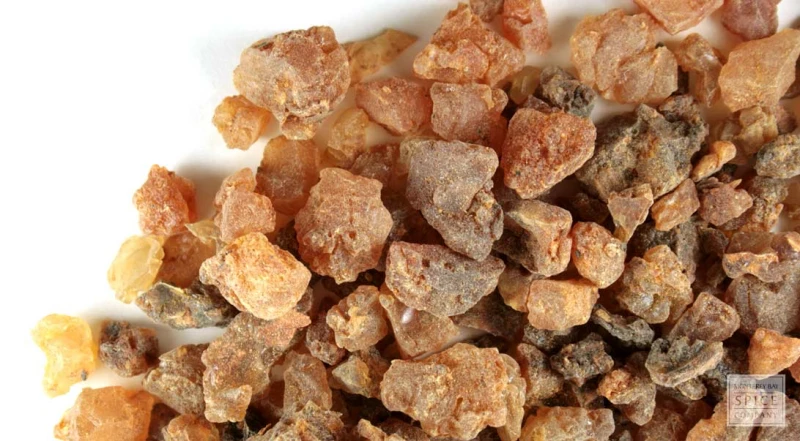
Good to Know: If you have an autoimmune condition or are allergic to plants in the daisy family (like ragweed), chat with your doctor before using Echinacea.
4. Oil of Oregano: Handle with EXTREME Care
This is the big one. This is the most potent and most misused remedy on this list. True oil of oregano is distilled from specific varieties of oregano and is incredibly concentrated. Its power comes from a compound called carvacrol. A good oil will have a carvacrol content of 70% or more—if it’s not listed on the bottle, don’t buy it.
A Quick Clarification: We are talking about oil of oregano for internal or diluted topical use. This is NOT the same as oregano essential oil sold for aromatherapy diffusers. They are not interchangeable. Please don’t mix them up.
SAFETY WARNING: I cannot stress this enough. This stuff is HOT. It can and will burn you if you use it improperly. You MUST dilute it. Never put it directly on your skin, and never swallow it straight.
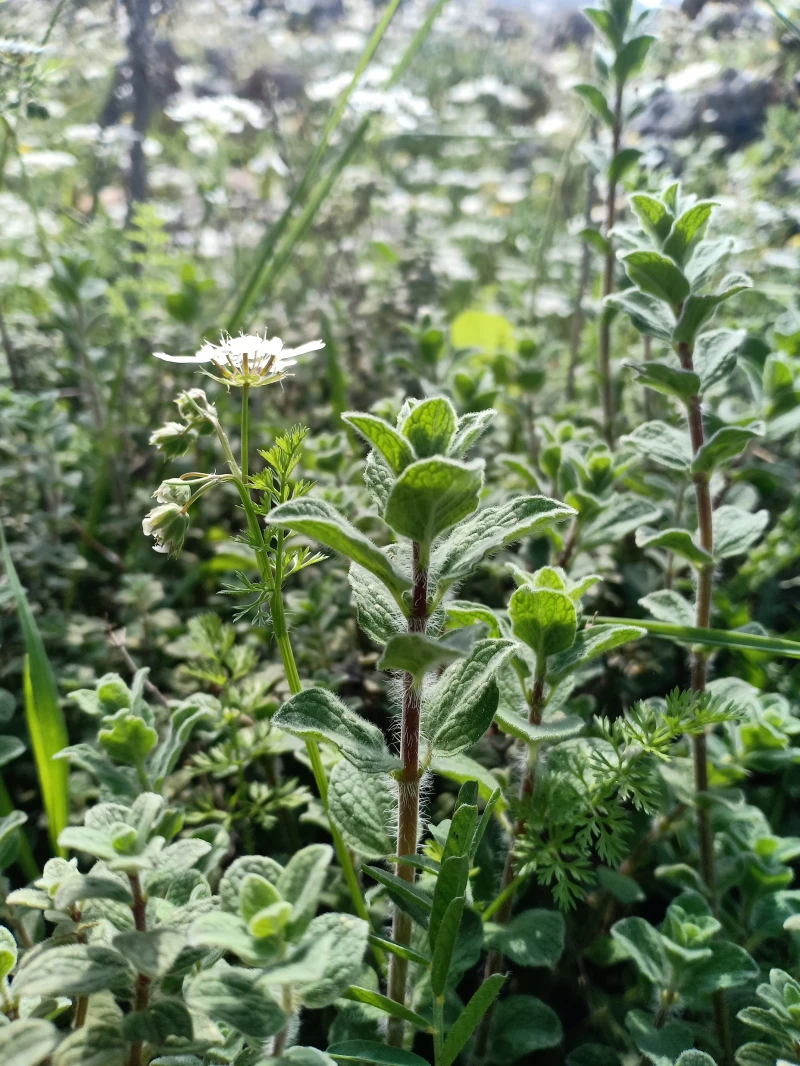
- For Topical Use (like athlete’s foot): A safe dilution is 1-2 drops of oregano oil in a full tablespoon of a carrier oil like coconut or olive oil. Patch test it on a small spot first!
- For Sinus Congestion: Add ONE single drop to a big bowl of steaming hot water. Put a towel over your head, close your eyes, and inhale the steam for a few minutes. That’s all you need.
A tiny bottle of high-quality oil might cost $20 to $35, but since you use it one drop at a time, it will last forever. I strongly advise against taking it internally without guidance from a pro, as it can disrupt your gut flora.
5. Myrrh: The Ancient Gum Soother
Myrrh is a resin from a thorny desert tree, and it’s a legend for a reason. I find it most valuable for its effect on the mouth and throat. It has a drying, tightening (astringent) quality that’s fantastic for inflamed tissues.

Pro Technique & Recipe: Myrrh resin doesn’t dissolve well in water or oil, so the best way to use it is in an alcohol tincture. You can find pre-made tinctures or make your own. To do it yourself, combine one part myrrh resin with five parts high-proof alcohol in a jar. For example, use 1 ounce of myrrh resin (by weight) to 5 fluid ounces of high-proof vodka. Let it sit for 4-6 weeks, shaking it daily, then strain it. You can buy the resin tears online from places like Mountain Rose Herbs.
How to Use It:
- Antiseptic Mouthwash: Add 5-10 drops of the tincture to a small glass of warm water. Swish and gargle with it for 30-60 seconds. The taste is a bit bitter and resinous, but it’s incredibly effective. I once had a client with a nagging cough who found that sipping the myrrh gargle water throughout the day finally soothed the irritation when nothing else would.
A Little Warning: Myrrh is great for gargling, but not for drinking. High internal doses are not recommended, especially during pregnancy.

When You Absolutely Need a Doctor
Let’s be real. The most important skill is knowing when to stop self-treating. These remedies are for support, not for replacing critical medical care. Believe me, I’ve had to have some very direct conversations with people who wanted to tackle something serious like pneumonia with just herbs.
You must seek professional medical care if you have:
- A fever over 102°F (38.9°C) that won’t break.
- Difficulty breathing.
- An infection that’s getting rapidly worse.
- A deep puncture wound or serious burn.
- Signs of a major infection like confusion, a racing heart, or severe pain.
Please, don’t delay getting help in these situations. Use these herbs to support your recovery alongside your doctor’s care, not instead of it.
Final Thoughts (The Important Bit)
So, here’s the final and most important takeaway. I’m an herbalist with a lot of experience, but I’m not your doctor. This information is for you to learn from, not to self-diagnose or treat serious illness. It’s about empowering you to handle minor things and support your overall wellness in a smart, effective way.
Always be smart, listen to your body, and never, ever be afraid to call a medical professional when you need one. Happy healing!
Inspirational Gallery with Photos
Tincture: An alcohol-based herbal extract. It’s highly concentrated, absorbs quickly, and has a long shelf life. A few drops are potent, making it ideal for acute support. Brands like Herb Pharm offer high-quality, single-herb tinctures.
Tea (or Infusion): A water-based preparation. It’s gentler, hydrating, and more ritualistic. Ideal for daily wellness, soothing symptoms, and herbs with high water-soluble content like chamomile or mint.
Choosing between them depends on your goal—fast-acting potency or gentle, routine support.
- Soothes a congested chest.
- Eases sinus pressure.
- Hydrates mucous membranes.
The secret? A simple herbal steam. Pour boiling water into a heat-safe bowl, add a generous pinch of dried thyme or peppermint, lean over the bowl with a towel draped over your head to trap the steam, and breathe deeply for 5-10 minutes. It’s a classic for a reason.
The Roman historian Pliny the Elder reportedly called the elder tree his “country medicine chest” because its flowers, berries, and bark were used for so many common ailments.
Are my dried herbs still effective?
Herbs don’t “expire” like milk, but they do lose their potency. The key is your senses. A high-quality dried herb should have a vibrant (not brown) color and a strong, characteristic aroma when you crush a leaf between your fingers. If it smells dusty or faint, its beneficial compounds have likely degraded. For maximum potency, store herbs in airtight, dark glass jars away from heat and light, and aim to use them within a year of purchase.
Beyond its properties, preparing an herbal infusion is a powerful act of self-care. The ritual of warming the water, inhaling the fragrant steam of lemon balm or chamomile as it steeps, and feeling the warmth of the mug in your hands creates a deliberate pause. It’s a moment to disconnect from the rush and reconnect with yourself, offering comfort that is both physical and emotional.
A 2013 study by the University of Guelph found that nearly 60% of tested commercial herbal products contained plant species not listed on the label.
This is why sourcing matters profoundly. Don’t just grab the cheapest bottle on the shelf. Look for companies that prioritize transparency and rigorous testing, such as Gaia Herbs, which offers a “MeetYourHerbs” traceability program, or Traditional Medicinals, whose teas meet pharmacopoeial-grade standards. Investing in quality ensures you’re getting what you pay for: pure, potent, and safe herbs.
A well-curated home apothecary begins with proper storage. Light, heat, and oxygen are the enemies of herbal potency. Invest in amber or cobalt blue glass jars to protect dried herbs and tinctures from degrading UV light. Label everything clearly with the herb’s name and the date you purchased or prepared it. A cool, dark cabinet is the perfect home for your remedies, keeping them effective and ready when you need them.
Important: The term “oregano oil” can be confusing. The potent essential oil of oregano (Origanum vulgare) is extremely caustic and MUST be heavily diluted in a carrier oil like olive or jojoba oil before any topical application to avoid chemical burns. It should never be ingested without expert guidance. The milder, culinary oregano-infused oil is entirely different and much safer for general use.
Creating your own remedies doesn’t have to be complicated. You can start with a simple herb-infused honey, prized for its soothing qualities for a scratchy throat.
- Gently warm a cup of raw, local honey over very low heat (do not boil).
- Add a few cloves of freshly crushed garlic or a tablespoon of dried thyme.
- Let it infuse on low heat for 15-20 minutes, then strain the herbs out.
- Store in a clean jar. A spoonful can be taken as needed.










